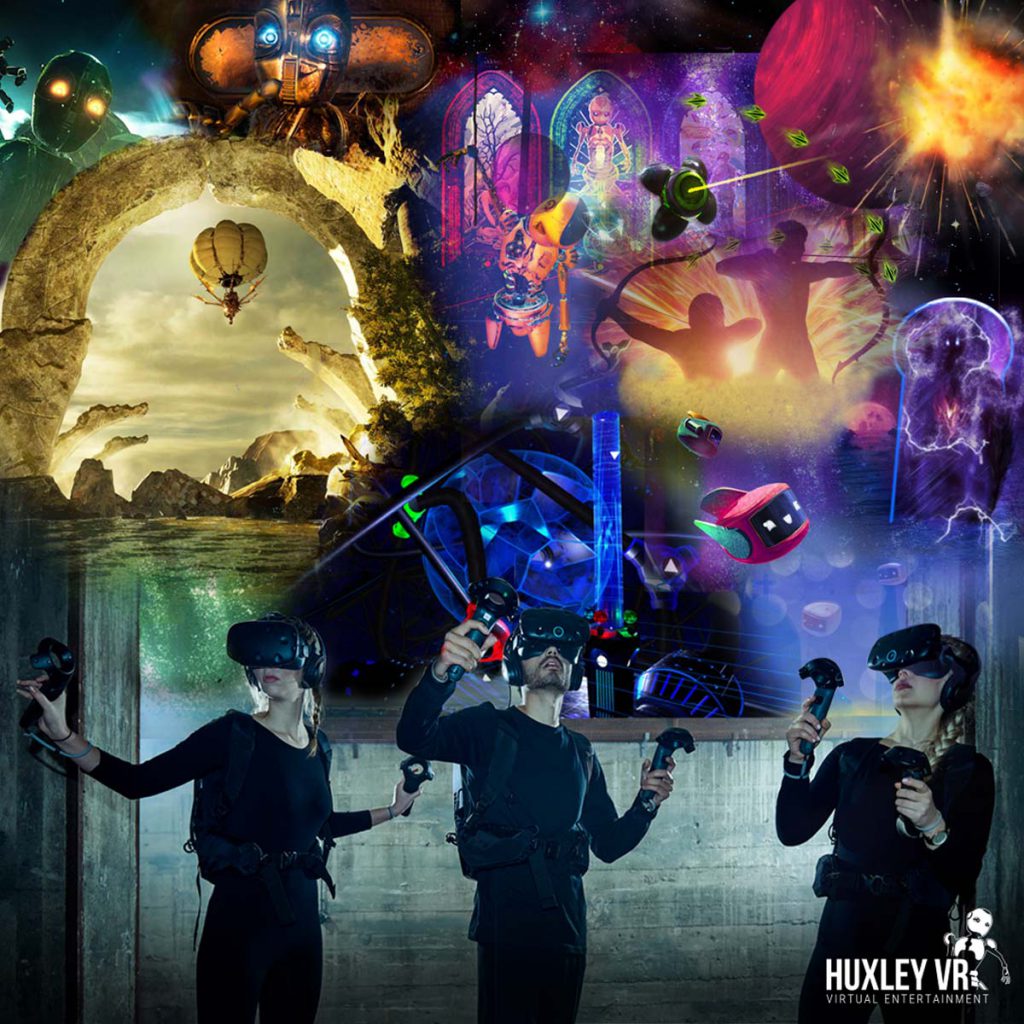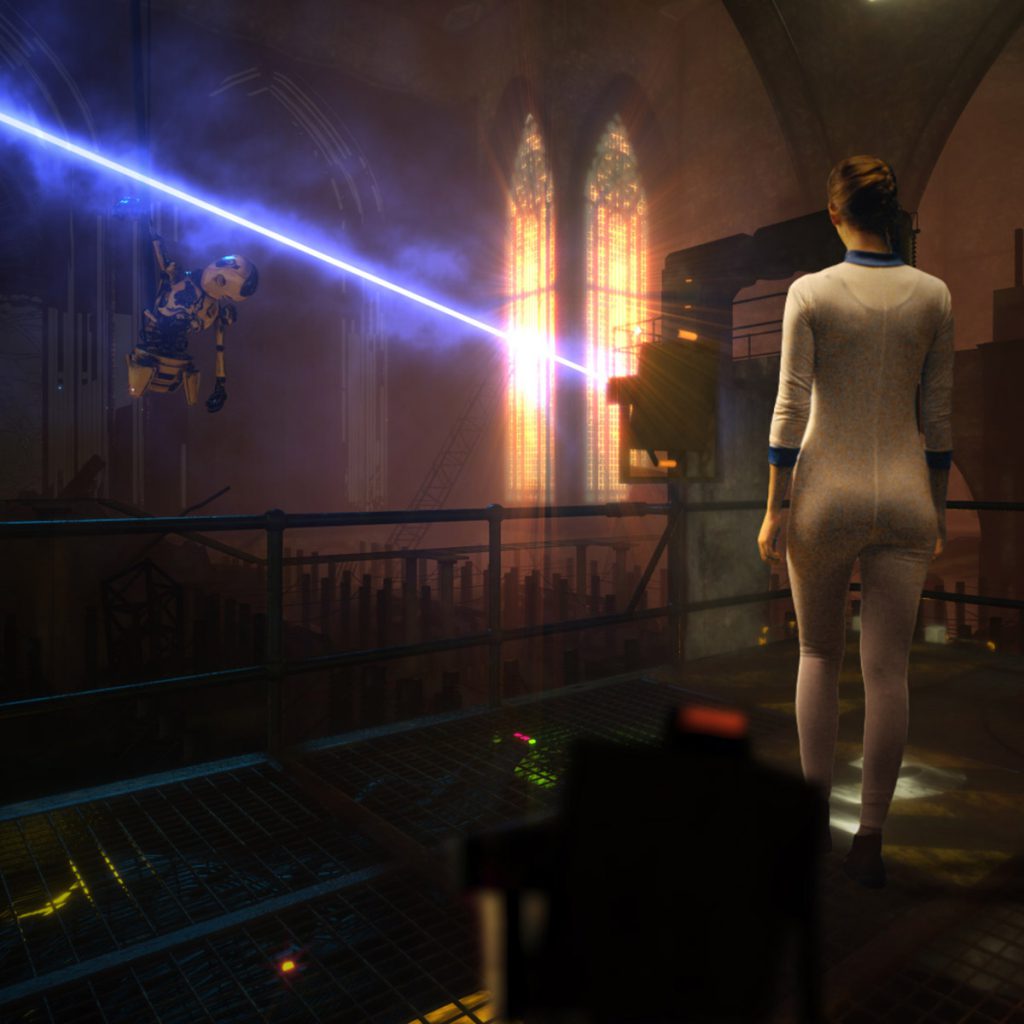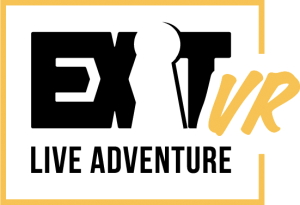The visual world of HUXLEY and the choice of engine – An interview with the art director of EXIT-VR, Mr. Ryan Lewis.
What were your goals in terms of the look of the game?
Lewis: One of the most important points for us was that we didn’t want to focus on one “gamer”, i.e. user. We produce games for everyone, from children to retirees, including people who don’t usually play computer games or don’t play them regularly. Even if someone is playing a virtual game for the first time, not to mention Virtual Reality, they have to feel comfortable in their environment to enjoy the experience. At the same time, we naturally want to impress our customers with the visuals. To achieve this balance, we decided on a semi-realistic look with some stylized elements, but still so close to reality that you actually feel to be ” there “. It was very important to us to make sure that the players are sufficiently anxious to create suspense and at the same time feel safe enough in the world to concentrate on the puzzles and the plot.
Have these considerations led you to choose a robot as the main character?
Lewis: Robots are easier to animate, haha. But actually the whole story evolved around a robot, which allowed us to travel into its head and show that as a virtual environment. With a real human being as the setting, this level would have looked very different. The level in Huxley’s head is full of wires and circuits, which are familiar objects to the players, but in an extraordinary environment. If you want to show real people in VR, they have to look absolutely photorealistic, otherwise you lose the player. You can give a robot a personality just as well and make it look believable and “real”.
Huxley’s appearance in HUXLEY 2 is very different from the first part, what led to the changes in style?
Lewis: A lot of concept art was done for Huxley 1 in advance, so I picked the best elements from that and combined them with my own ideas. I had the intention to make it look more childish and innocent. He stands in contrast to his environment, which, due to the story, looks rather dark and threatening. HUXLEY 2 is a prequel, it takes place in a steampunk past. Huxley here is an animated automaton with an odd but lovable personality.
The first game was developed with the Unity Engine, for HUXLEY 2 the studio switched to Unreal, how did this change of direction come about?
Lewis: Working with Unity was good, it’s definitely not a bad engine, it gives the programmers a lot of options. But with a project like this, an entertainment product in virtual reality, the visual experience is a big part of the appeal. During development, we can firmly assume that the game will never be played on low-performance hardware, because we know exactly which devices are specially equipped for VR gaming purposes. Such PCs are equipped with at least an Nvidia GTX 1070, which is a beast of a graphics card, and with that we can safely plan. This is one of the greatest joys of programming for location based entertainment. I believe that our games are “graphic-driven”, so it was obvious for us to work with one of the most powerful engines for graphics, and that is unreal. The Unity engine is a great tool but for artists it’s a bit limiting, for programmers it’s wonderful.
Another point is that Unreal gives us as artists all the power. We make our own animations, our own effects and timelines with it, we can put it all together and clock it ourselves. All the little interactions and things like that can be orchestrated by the artists themselves, which makes the environment seem even more in tune with itself. With Unreal more is possible, the levels in HUXLEY 2 are much more alive and full of creatures and parts in motion. Everything we could imagine, we were able to implement quickly in the game.
And there’s another big plus: Unreal has a VR editor, so you can really sit inside your own creation while you work on it. You can move completely free and fly through the levels, you can shrink the whole creation to the size of a baseball and hold it in your hand, pick the part you want to continue working on, zoom back in and just start tinkering. It’s fantastic! It also saves us a lot of time because it gives us a lot of decision-making power. The editor has made great progress lately and now it is not unusual to spend 50%-60% of your time in VR without having to “get out” all the time.
Which software tools for visuals were still in use?
Lewis: As an art director, my philosophy is that people can choose what software they want to work with. As long as we get what we need from it, I’m satisfied. If an artist is particularly happy with a software and likes to work with it, he/she should use that software.
Our main programs are Maya and Blender. The whole studio tends more and more to Blender, which is absolutely powerful for games. Nevertheless, in the field of animation no other tool can keep up with Maya so far, which is why it is also heavily used by us. ZBrush is mainly used for sculpting and is excellent for small details and maps. We do our materials, looks and textures with SubstancePainter and SubstanceDesigner. In addition, we use a variety of other applications here and there. Of course, classics like Photoshop are also included. We use just about anything as long as it gives us the look and feel we want.





